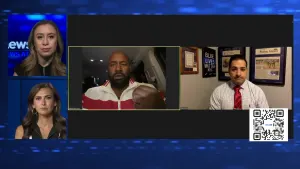More Stories
Encounters between police and the public have been caught on police body-worn cameras since the NYPD integrated the technology back in 2017.
The rollout of those cameras was a result of the monumental Floyd Vs. New York City case, where stop and frisk -- a controversial police tactic that research shows unfairly targeted people of color -- was ruled unconstitutional.
The NYPD completed its rollout of 20,000 body cameras in 2019, marking the largest deployment of the devices in the nation.
The cameras can be a way to hold civilians accountable. "I think it's really been a game-changer for policing," said Matthew Pontillo, NYPD Chief of Risk Management. "That video record could be very, very helpful in piecing together what happened, understanding it, and then using that information going forward."
MORE: Justice for All
The footage is also used to hold police officers accountable. "Pictures of the truth," said Criminal Justice Attorney Sanford Rubenstein. "That's what body cams give you. That's what we have today that we never had before, that can bring victims to justice."
Rubenstein represents Ricky Bellevue, a Bronx man appearing to be choked in body camera footage. He says out of the more than 20 years that he's been fighting cases, body camera footage is a game-changer.
"Before body cams it was he said she said," said Rubenstein. "It was more difficult to get justice for victims, and justice getting the appropriate damages from a jury when there was no video."
But just how transparent has the department been with the footage since its implementation?
Political science professor Mark Ungar says one issue with the cameras is that they're not always recording when they're supposed to.
"I've heard from police officers and civilians around the state that it's often not turned on, or it's turned on late or shut off early, or there's some technical issue," said Ungar. "And so, issues of police, of manipulation of what happened, can extend to body cameras and saying well it didn't work or there's some technical issue."
"We feel that it would be unnecessary to record a person's entire day," said Pontillo. "We set the policy to record events that primarily involve some type of enforcement or investigative action."
As body cameras have been useful on many occasions, one question remains - If officials say the cameras have the potential to de-escalate, why do uses of force during arrests still happen?
"Unfortunately it's still necessary at times, given the nature of police work," said Pontillo. "You know, there are people who are non-compliant. There are people who engage in violent criminal behavior. Thankfully, when we look at it. We look at arrests citywide, and the average use of force during an arrest is about 3% of arrests."
While the city works to be more transparent, last June Mayor Bill de Blasio announced a new policy - body camera footage from specific encounters, like when the use of force results in death - must be released within 30 days.
The previous policy gave the NYPD discretion on when the footage was released to the public.
"That creates trust, that creates accountability," de Blasio said. That says to the many, many good officers that they know the whole truth will come out from what they saw, from their literal perspective. And it says to any officer who doesn't yet fully understand their responsibilities that they will be held accountable and there will be consequences. When people see this type of transparency, it will build trust."
De Blasio says he hopes this step will help better the relationships between police officers and the communities they serve.
Reporting and text by Zhane Caldwell.
More from News 12
3:49

Grand jury declines to file charges against police officers who shot motorist in New Jersey
3:50
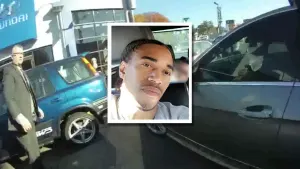
Shooting of unarmed motorist by Bloomfield police will be investigated by grand jury
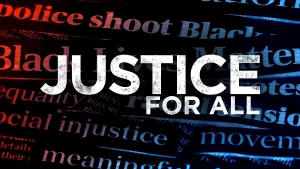
Justice For All Town Hall: Has anything changed in NYC since George Floyd was killed by police?
3:50
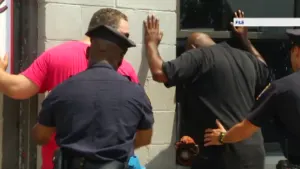
Justice for All: An in-depth look at the NYPD’s neighborhood policing program
6:29
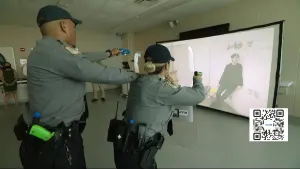
Justice For All: NYPD takes News 12 inside its police academy
6:15
